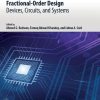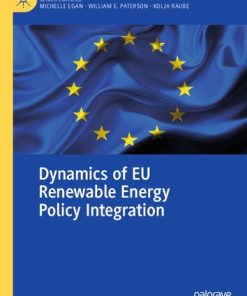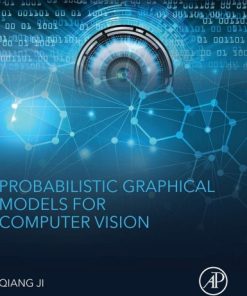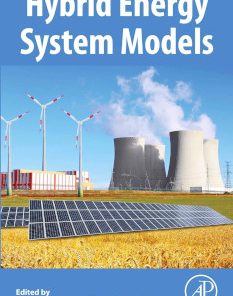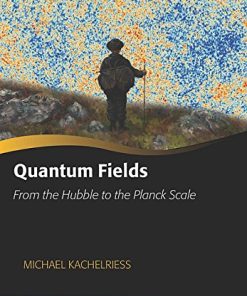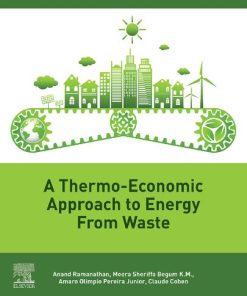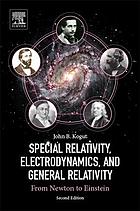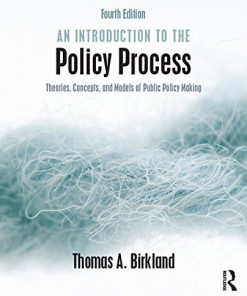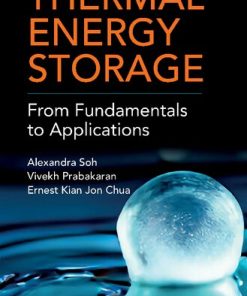(Ebook PDF) Computer Models of Process Dynamics From Newton to Energy Fields 1st Edition by Olis Harold Rubin 1119885671 9781119885672 full chapters
$50.00 Original price was: $50.00.$25.00Current price is: $25.00.
Computer Models of Process Dynamics: From Newton to Energy Fields 1st Edition by Olis Harold Rubin – Ebook PDF Instant Download/DeliveryISBN: 1119885671, 9781119885672
Full download Computer Models of Process Dynamics: From Newton to Energy Fields 1st Edition after payment.
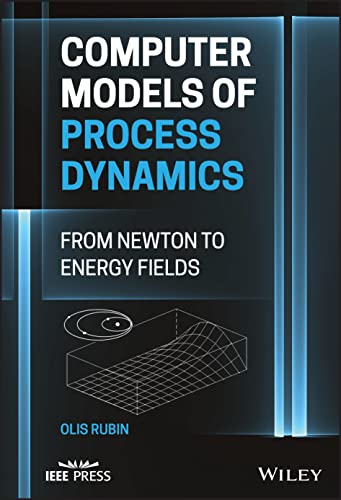
Product details:
ISBN-10 : 1119885671
ISBN-13 : 9781119885672
Author: Olis Harold Rubin
Computer Models of Process Dynamics covers everything required to do computer based mathematical modeling of dynamic systems, including an introduction to a scientific language, its use to program essential operations, and methods to approximate the integration of continuous signals.
From a practical standpoint, readers will learn how to build computer models that simulate differential equations. They are also shown how to model physical objects of increasing complexity, where the most complex objects are simulated by finite element models, and how to follow a formal procedure in order to build a valid computer model. To aid in reader comprehension, a series of case studies is presented that covers myriad different topics to provide a view of the challenges that fall within this discipline. The book concludes with a discussion of how computer models are used in an engineering project where the readers would operate in a team environment.
Computer Models of Process Dynamics: From Newton to Energy Fields 1st Table of contents:
1 Introduction
1.1 Engineering uses of computer models
1.2 The subject matter
1.3 Mathematical material
1.4 Some remarks
Bibliography
2 From Computer Hardware to Software
2.1 Introduction
2.2 Computing machines
2.3 Computer programming
2.4 State transition machines
2.5 Difference engines
2.6 Iterative programming
2.7 Digital simulation of differential equations
2.8 Discussion
Exercises
References
3 Creative thinking and scientific theories
3.1 Introduction
3.2 The dawn of astronomy
3.3 The renaissance
3.4 Electromagnetism
3.5 Aerodynamics
3.6 Discussion
References
4 Calculus and the computer
4.1 Introduction
4.2 Mathematical solution of differential equations
4.3 From physical analogs to analog computers
4.4 Picard’s method for solving a nonlinear differential equation
4.5 Exponential functions and linear differential equations
4.6 Sinusoidal functions and phasors
4.7 Bessel’s equation
4.8 Discussion
Exercises
Bibliography
5 Science and computer models
5.1 Introduction
5.2 A planetary orbit around a stationary Sun
5.3 Simulation of a swinging pendulum
5.4 Lagrange’s equations of motion
5.5 Discussion
Exercises
Bibliography
6 Flight simulators
6.1 Introduction
6.2 The motion of an aircraft
6.3 Short period pitching motion
6.4 Phugoid motion
6.5 User interfaces
6.6 Discussion
Exercises
Bibliography
7 Finite element models and the diffusion of heat
7.1 Introduction
7.2 A thermal model
7.3 A practical application
7.4 Two‐dimensional steady‐state model
7.5 Discussion
Exercises
Bibliography
8 Wave equations
8.1 Introduction
8.2 Energy storage mechanisms
8.3 A finite element model of a transmission line
8.4 State space model of a standing wave in a vibrating system
8.5 A two‐dimensional electromagnetic field
8.6 A two‐dimensional potential flow model
8.7 Discussion
Exercises
Bibliography
9 Uncertainty and softer science
9.1 Introduction
9.2 Empirical and “black box” models
9.3 Randomness within computer models
9.4 Economic, Geo‐, Bio‐, and other sciences
9.5 Digital images
9.6 Discussion
Exercises
Bibliography
10 Computer models in a development project
10.1 Introduction
10.2 A motor drive model
10.3 The definition phase
10.4 The design phase
10.5 A setback to the project
10.6 Discussion
Exercises
Bibliography
11 Postscript
11.1 Looking back
11.2 The operation of a simulation facility
11.3 Looking forward
People also search for Computer Models of Process Dynamics: From Newton to Energy Fields 1st:
process dynamics modeling and control
computer models definition
computer processes explained
computer models examples
a computer model
Tags:
Computer Models,Process Dynamics,Newton,Energy Fields,Olis Harold Rubin
You may also like…
Business & Economics - Industries
Politics & Philosophy - Politics
Engineering - Energy & Power Resources
Physics - Relativity
Uncategorized


